



 Tech & IT
Tech & IT
 Business
Business
 Coding & Developer
Coding & Developer
 Finance & Accounting
Finance & Accounting
 Academics
Academics
 Office Applications
Office Applications
 Art & Design
Art & Design
 Marketing
Marketing
 Health & Wellness
Health & Wellness
 Sounds & Music
Sounds & Music
 Lifestyle
Lifestyle
 Photography
Photography
More Learnfly
Business Solution Become an InstructorDocker is a containerization platform that enables the creation, deployment, and running of applications in lightweight, portable containers. It streamlines software development and deployment by isolating applications and their dependencies, ensuring consistency across different environments.
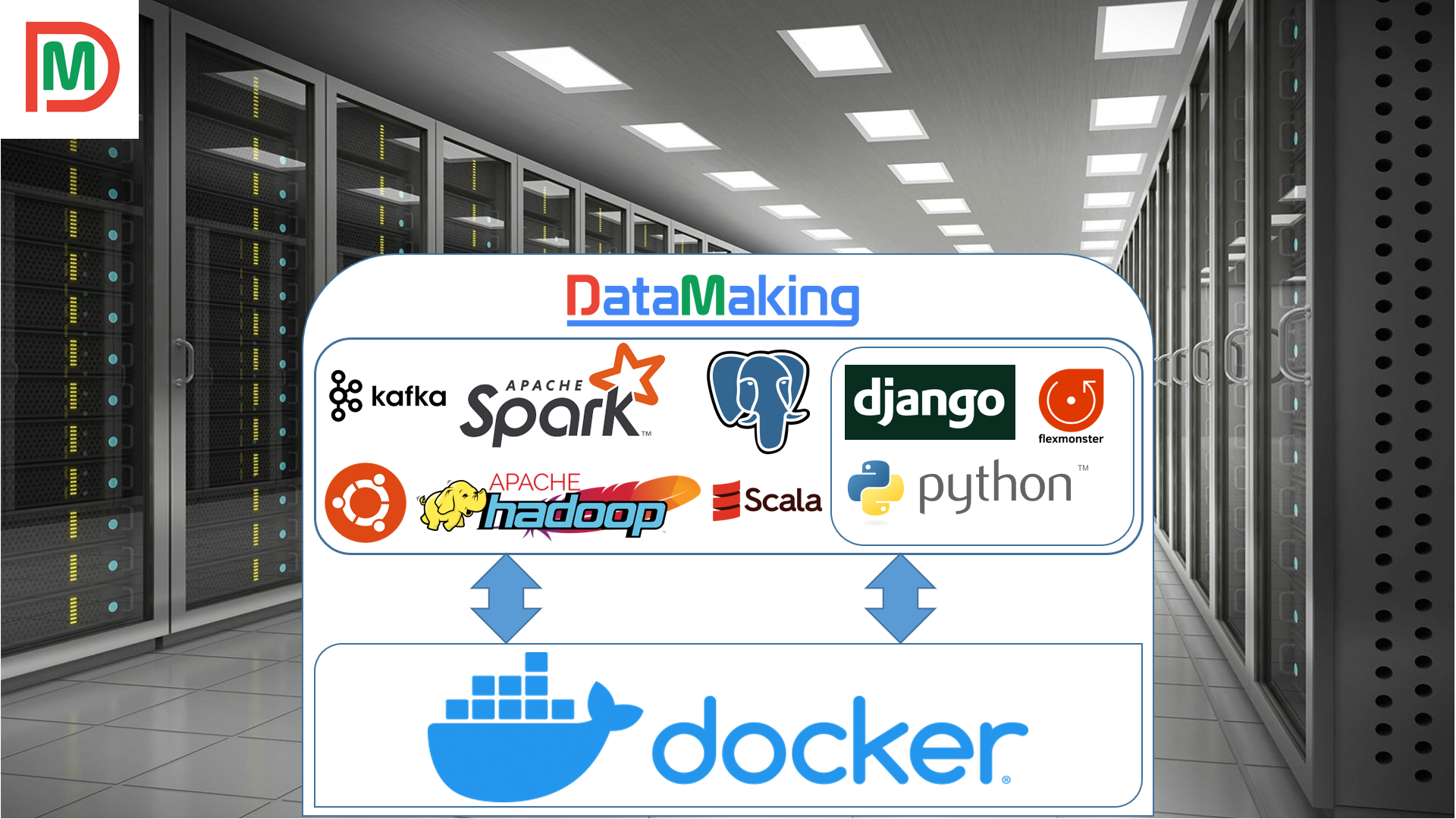
By : Pari Margu
Building Real Time Data Pipeline Using Apache Kafka, Apache Spark, Hadoop, PostgreSQL...
4.2 54420
6:8:21 hrs 24 lectures Intermedite Level

By : Abhilash Nelson
Learn about Docker and Containers in a step by step approach....
4.1 357
2:56:4 hrs 29 lectures Beginner Level

By : Samarth Deyagond
Let's make Docker easy!...
4.8 84751
1:17:30 hrs 16 lectures Beginner Level












Learn more topics in various categories at one place. Explore unlimited courses in other categories and up-skill yourself today.

 Jazeb Akram
Jazeb Akram 4.2 769536 Beginner Level

 John Hedengren
John Hedengren 4.1 568084 All Level
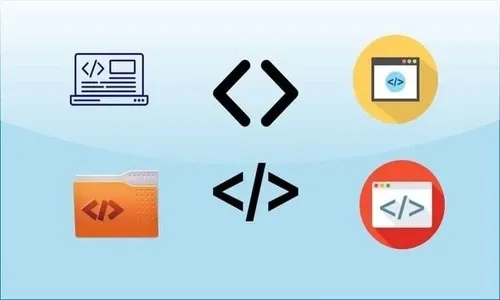
 Ranjan Pandey
Ranjan Pandey 4.1 345810 All Level

 Pieter Vliegenthart
Pieter Vliegenthart 4.6 99962 All Level

 Muhammad Ahsan Pervaiz
Muhammad Ahsan Pervaiz 4.2 99594 All Level

 Jerome P.
Jerome P. 4.8 99381 All Level

 Senol Atac
Senol Atac 4.9 99027 All Level

 Vikas Munjal
Vikas Munjal 4.8 98987 Beginner Level
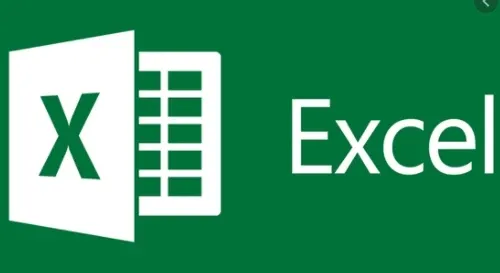
 Chandramouli Jayendran
Chandramouli Jayendran 4.9 98544 Beginner Level
 (1).png)
 Manish Nadar Ramaswamy
Manish Nadar Ramaswamy12 Lectures Beginner Level
.png)
 Manish Nadar Ramaswamy
Manish Nadar Ramaswamy22 Lectures Beginner Level
.png)
 Manish Nadar Ramaswamy
Manish Nadar Ramaswamy11 Lectures Beginner Level

 Velchandru M
Velchandru M18 Lectures Beginner Level

 Akhil Vydyula
Akhil Vydyula6 Lectures Beginner Level

 Akhil Vydyula
Akhil Vydyula11 Lectures Beginner Level

 Udesh Udayakumar
Udesh Udayakumar33 Lectures Beginner Level

 Gauttam SK
Gauttam SK14 Lectures Beginner Level

 Harsh Jhunjhunuwala
Harsh Jhunjhunuwala17 Lectures Beginner Level
.jpg)
 Pruthviraja L
Pruthviraja L28 Lectures Beginner Level

 THE MMZ
THE MMZ254 Lectures Beginner Level

 Chandramouli Jayendran
Chandramouli Jayendran31 Lectures Beginner Level

 Pari Margu
Pari Margu24 Lectures Beginner Level

 Saraudheen PM
Saraudheen PM22 Lectures Beginner Level

 taurius litvinavicius
taurius litvinavicius16 Lectures Beginner Level
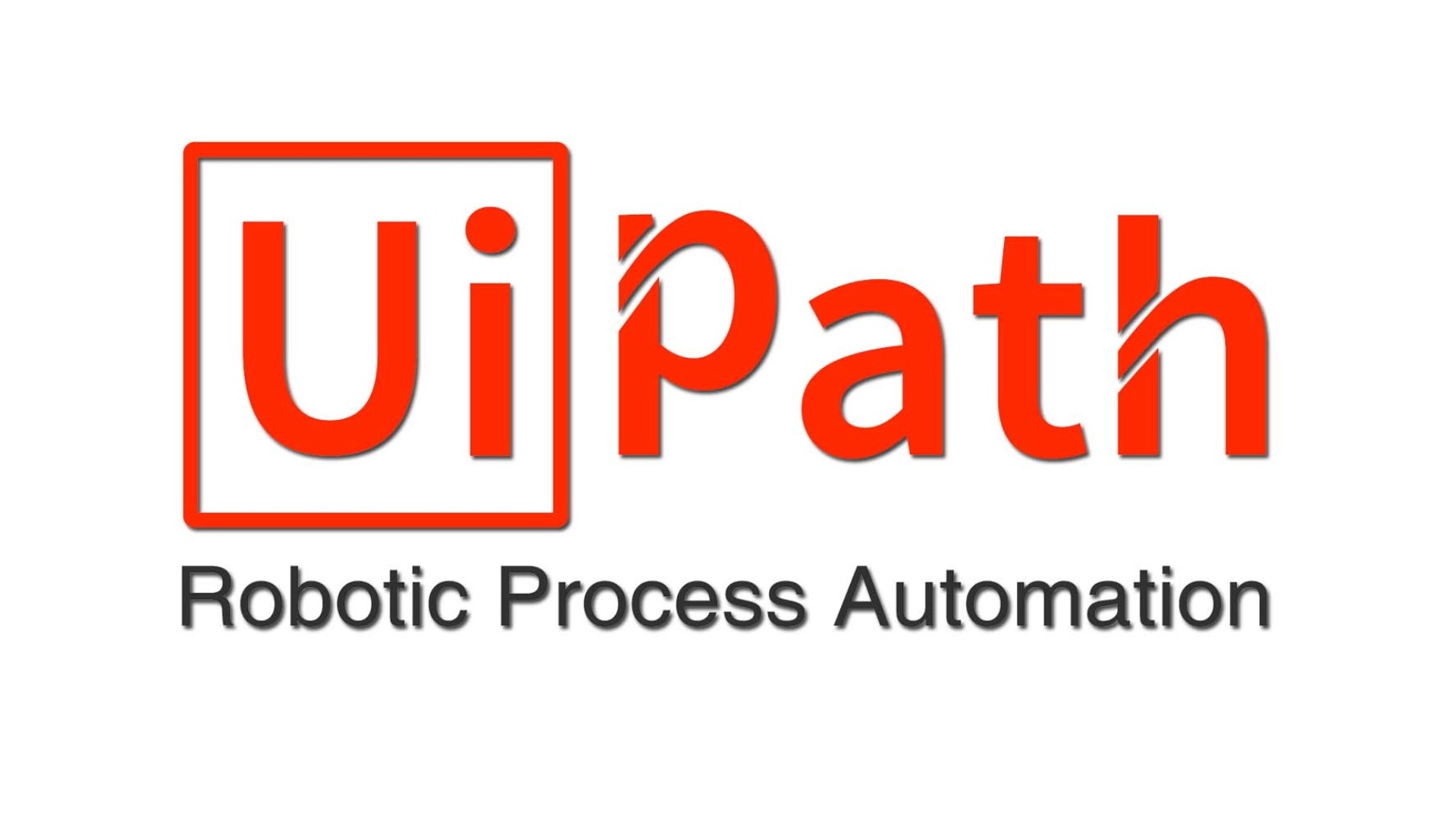
 Jan Langdeel and Anders Jensen
Jan Langdeel and Anders Jensen58 Lectures Beginner Level
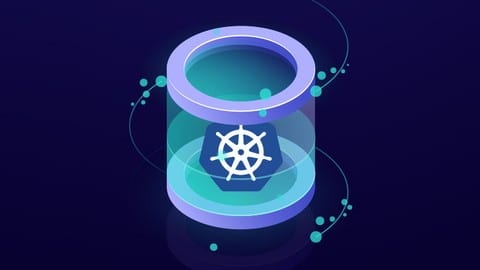
 Satyajit Das
Satyajit Das18 Lectures Beginner Level
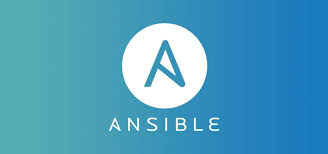
 Abhishek Roshan .
Abhishek Roshan .10 Lectures Beginner Level
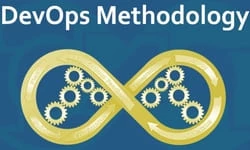
 Abhishek Roshan .
Abhishek Roshan .103 Lectures Beginner Level

 Abhishek Roshan .
Abhishek Roshan .54 Lectures Beginner Level

 Shankar AR
Shankar AR37 Lectures Beginner Level

 Abhilash Nelson
Abhilash Nelson29 Lectures Beginner Level

 Cerulean Canvas
Cerulean Canvas114 Lectures Beginner Level

 Samarth Deyagond
Samarth Deyagond16 Lectures Beginner Level

 Shokat Ali
Shokat Ali13 Lectures Beginner Level
Docker is an open-source platform that automates the deployment, scaling, and management of applications within lightweight, portable containers. Containers encapsulate an application and its dependencies, ensuring consistency across different environments.
Containers are more lightweight than virtual machines. While VMs emulate an entire operating system, containers share the host OS kernel, making them faster to start, use fewer resources, and offer better performance for microservices-based applications.
Docker Images are lightweight, standalone, and executable packages that contain everything needed to run a piece of software, including the code, runtime, libraries, and dependencies. Images are the basis for containers and are stored in a registry, such as Docker Hub.
Docker simplifies the deployment and management of microservices by packaging each microservice and its dependencies into a container. This enables consistent and isolated deployment of microservices, making it easier to scale, update, and manage the entire application.
Docker Compose is a tool for defining and running multi-container Docker applications. It allows users to define services, networks, and volumes in a YAML file, making it easy to manage complex applications with multiple interconnected containers.





